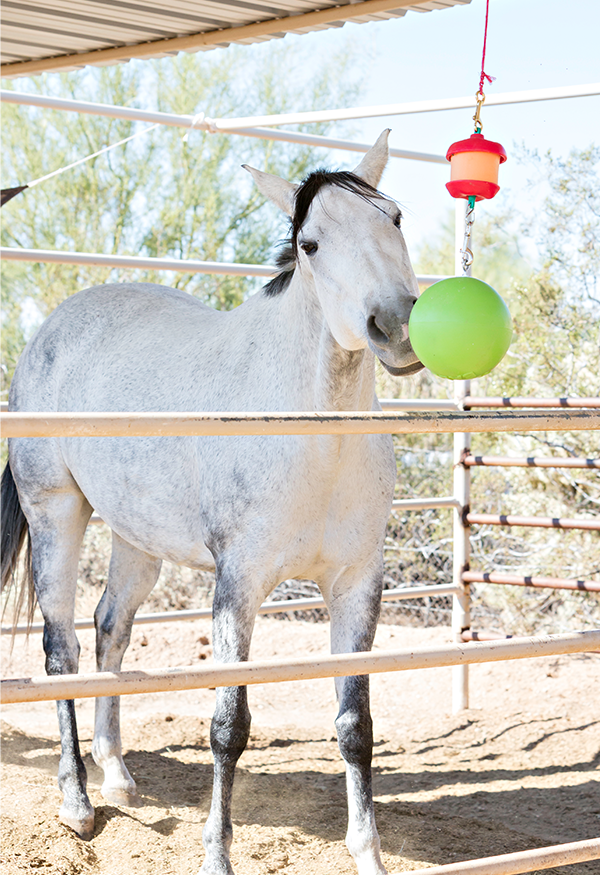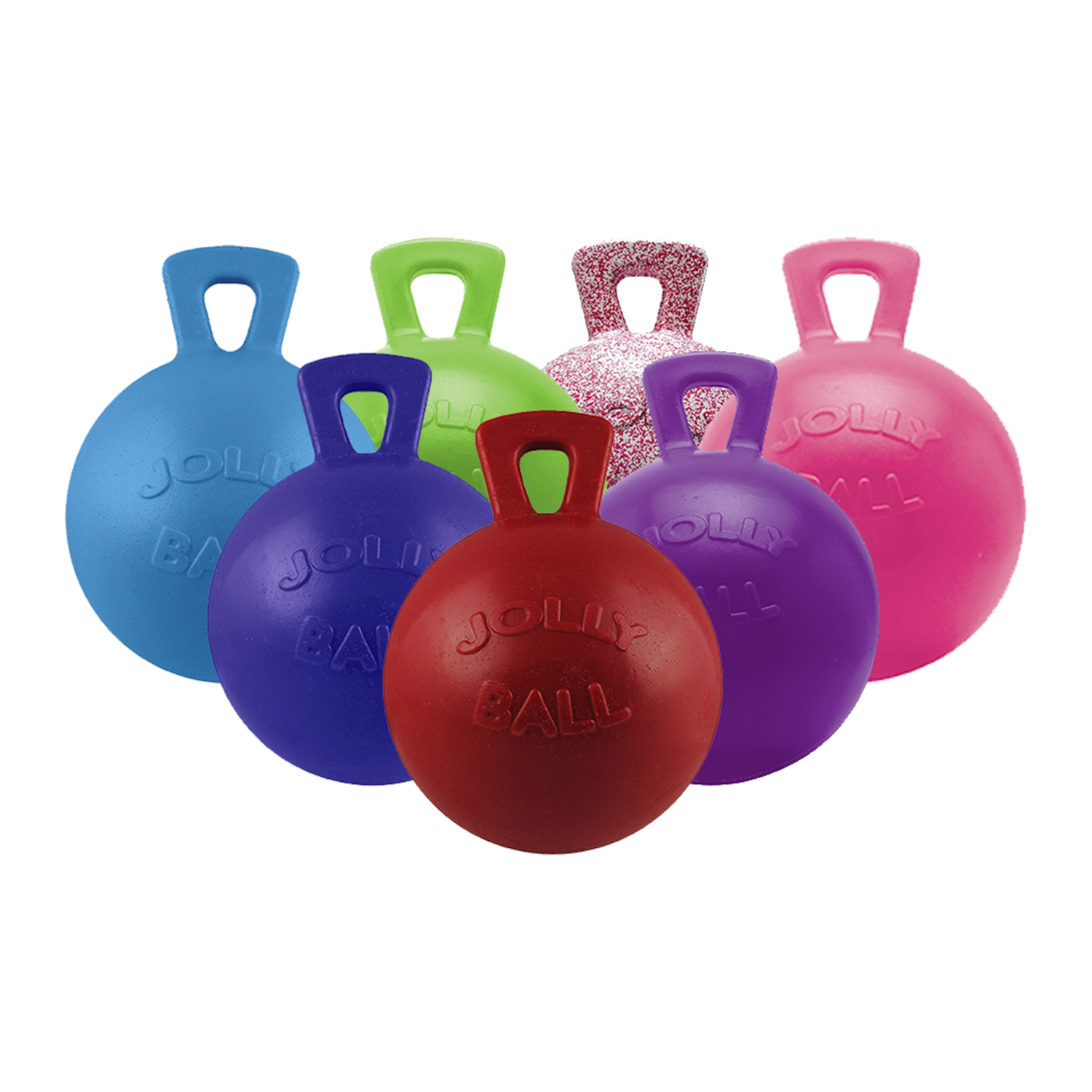Your Cart is Empty
FREE Economy Shipping on orders over $75
Menu

FREE Economy Shipping on orders over $75
Watch For These Common Spring Ailments in Your Horse
April 16, 2025 3 min read
Spring brings longer days, greener pastures, and more time in the saddle—but it also brings a fresh wave of health challenges for horses. As temperatures rise and routines shift, your horse’s immune system and overall health may need extra attention. Here are some of the most common springtime ailments to watch for—and how you can help keep your equine companion feeling their best.
1. Allergies and Respiratory Irritants
With spring in full bloom, pollen, dust, and mold spores are in the air—making respiratory issues a common concern. Horses may develop allergies or show signs of heaves (recurrent airway obstruction), especially if they’re sensitive to pollen or are in poorly ventilated barns.
Signs to watch for:
-
Coughing
-
Nasal discharge
-
Labored breathing
-
Flared nostrils
What to do: Keep stables clean and well-ventilated, soak hay to reduce dust, and turn out your horse during low-pollen hours when possible.
Horsemen’s Pride Tip: Keep horses calm and comfortable with a Jolly Stall Snack—perfect for reducing stress when they’re stalled indoors due to high pollen days. It keeps their minds busy while promoting a calm, steady environment.

2. Laminitis
Fresh spring grass may be a treat for your horse, but the sudden influx of sugar-rich forage can trigger laminitis—an extremely painful inflammation of the laminae in the hoof.
Signs to watch for:
-
Reluctance to move
-
Shifting weight
-
Heat in hooves
-
A “rocked back” stance
What to do: Introduce pasture time gradually, consider a grazing muzzle, and monitor your horse’s weight and diet closely.
Horsemen’s Pride Tip: Use a Jolly Ball or Amazing Graze toy to keep horses entertained while they’re on turnout restriction. It’s a great way to help them burn energy and avoid the stress that can come with being penned up.

3. Parasites
Warmer weather means parasites are back in business. Spring is a crucial time for deworming and parasite control, especially since eggs can survive in manure over winter and hatch as temps rise.
Signs to watch for:
-
Weight loss
-
Dull coat
-
Tail rubbing
-
Diarrhea or loose stool
What to do: Work with your vet to establish a strategic deworming plan and keep pastures clean with regular manure removal.
4. Skin Conditions
Spring showers and increased humidity can create the perfect conditions for skin irritations like rain rot, mud fever, and fungal infections.
Signs to watch for:
-
Scabby or crusty patches
-
Hair loss
-
Swollen lower legs (mud fever)
-
Itchy or irritated skin
What to do: Keep your horse dry and groomed regularly, especially after turnout in wet or muddy pastures. Use topical treatments as needed and consult your vet for persistent cases.

5. Hoof Abscesses
The wet-dry-wet cycles of spring weather can wreak havoc on your horse’s hooves, leading to painful abscesses.
Signs to watch for:
-
Sudden lameness
-
Heat or swelling in the hoof
-
Sensitivity when hoof is picked
What to do: Maintain regular hoof care, keep stalls and turnout areas as dry as possible, and contact your farrier or vet if you suspect an abscess.
Final Thoughts
Spring is an exciting time to reconnect with your horse after winter, but staying proactive about their health is key. Routine check-ups, a good grooming schedule, and paying close attention to subtle changes in behavior or condition can help you catch these seasonal issues early—and keep your horse happy, healthy, and ready for all your spring adventures.

Read more to learn all about your favorite hoofed friends! Don't forget toget them something special!
HAVING A JOLLY GOOD TIME?
Keep the good times going! Sign up to receive monthly treats directly to your inbox!

TAKE 10% OFF
Signup for emails and take 10% off your first order!

















